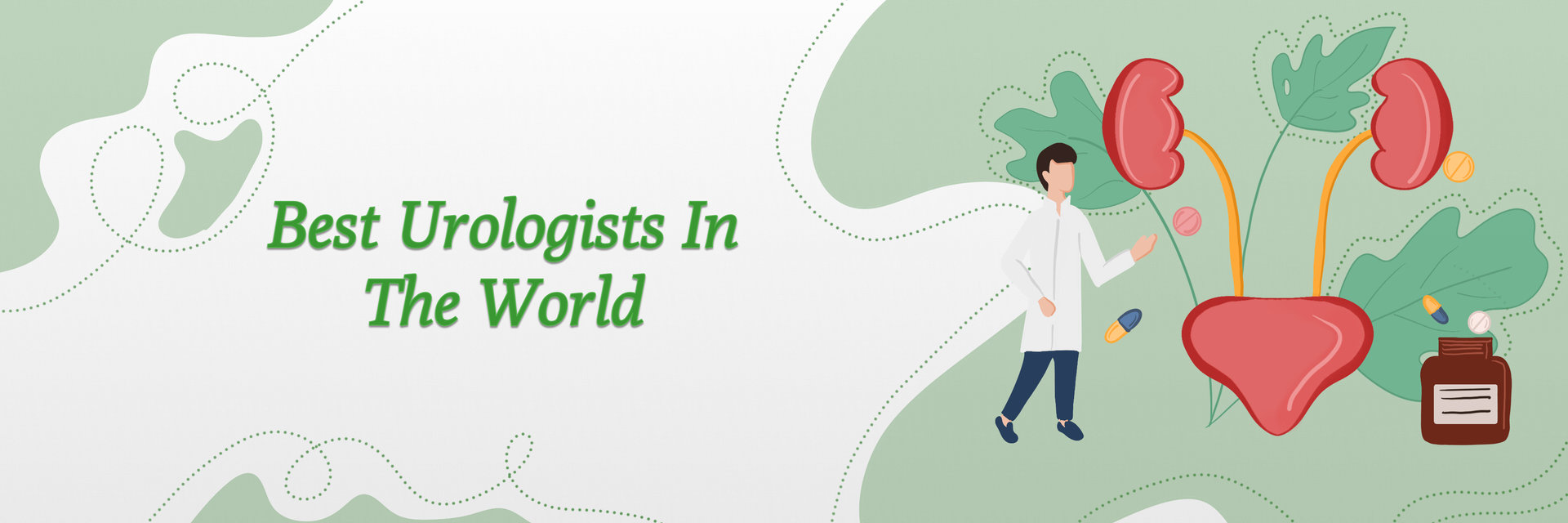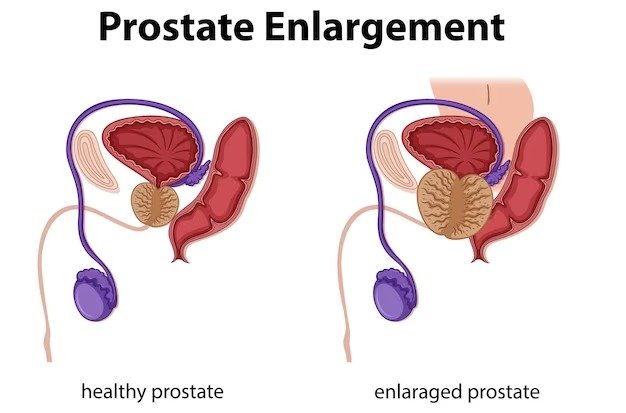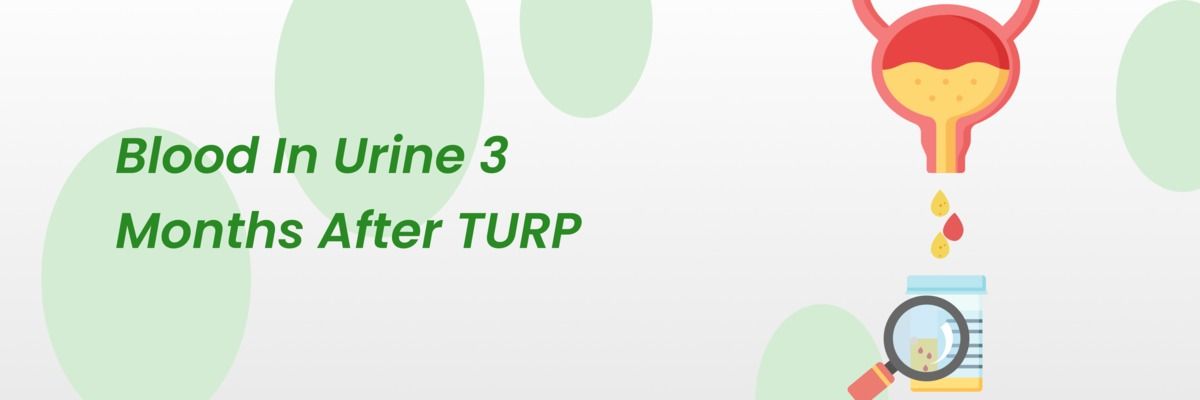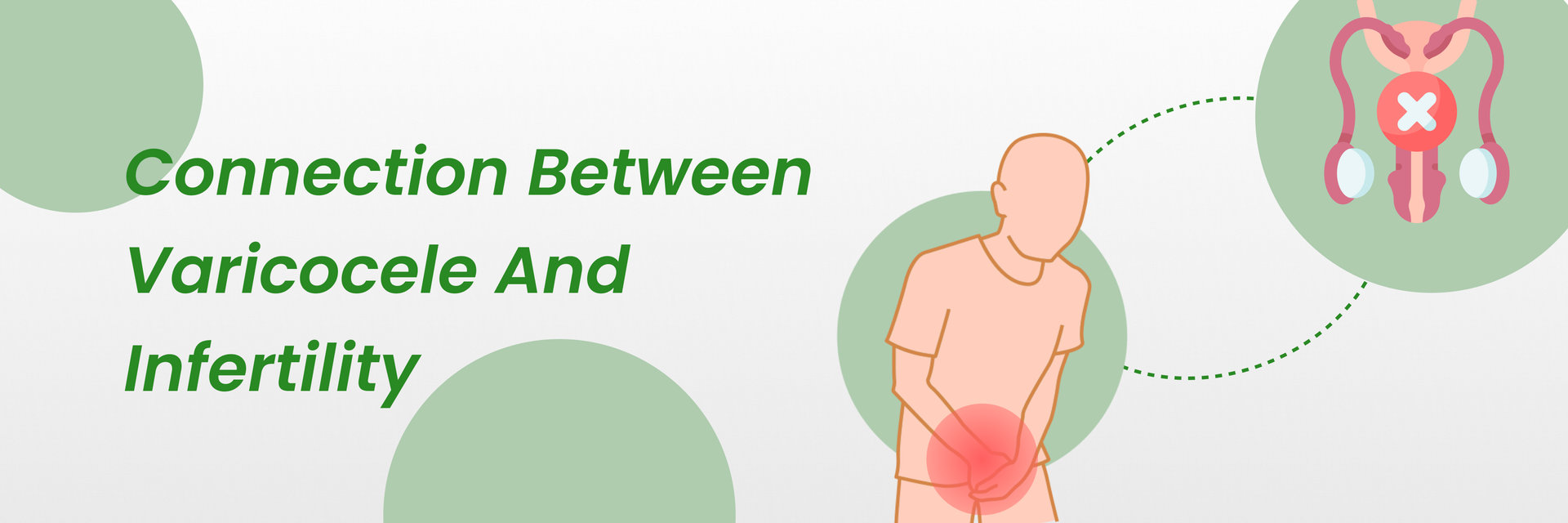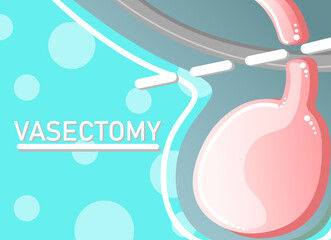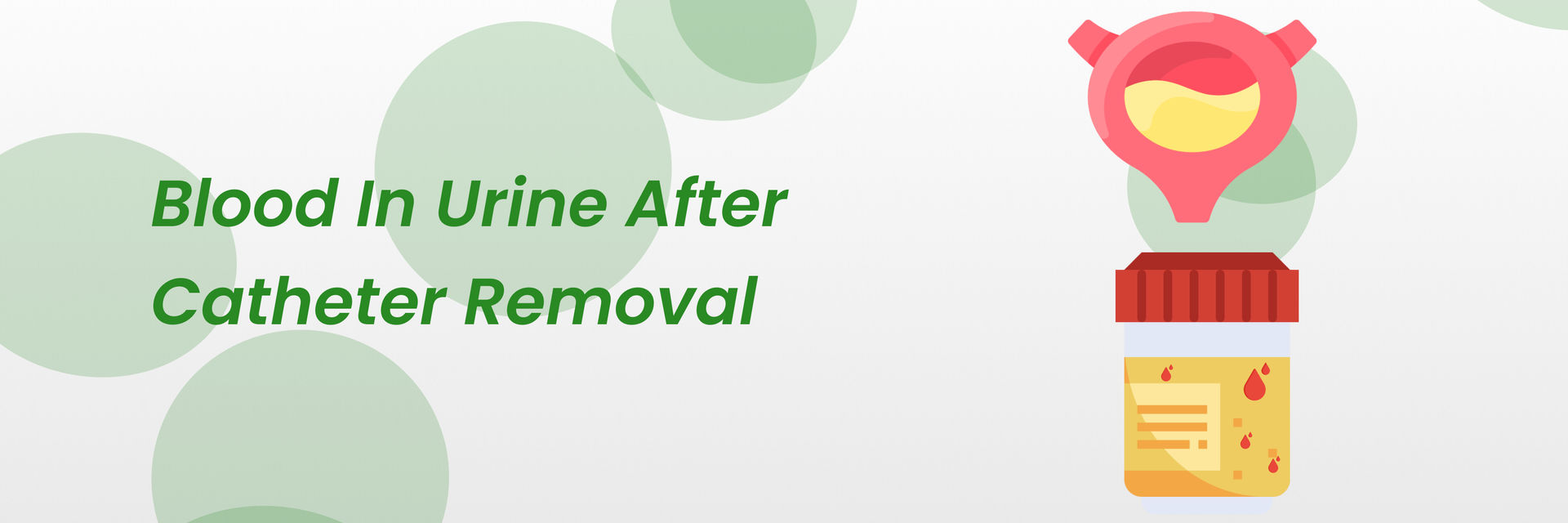Have you failed or experienced difficulties in passing even though the bladder is filled?
If yes, then this condition is known as urinary retention.
Urinary retention after catheter removal is a common issue, affecting up to 10-20% of patients. It's a condition where the bladder doesn't empty, which can happen in both male and female patients. When individuals have trouble urinating independently, they use a urinary tube called a catheter. It can assist with tests and clear the bladder before or after an operation. The catheter may be withdrawn after a few minutes, hours, or days, depending on the sort of catheter you have and the purpose for which it is being used.
Did you know?
Causes of urinary retention after catheter removal
Some individuals may find their bladders not working as expected after removing the catheter. This issue, often termed bladder retention after catheter removal, could result from various factors, including muscle weakness or nerve damage.

Weak Bladder Muscles: The bladder muscles may become weak and struggle to contract properly.
Urethral Swelling: Swelling or inflammation in the urethra can block urine flow.
Bladder Spasms: Involuntary contractions of the bladder can prevent normal urination.
Nerve Damage: Nerve issues can disrupt signals between the brain and bladder, leading to retention.
Obstruction: Physical blockages such as an enlarged prostate or scar tissue can impede urine flow.
Infection: Urinary tract infections (UTIs) can cause swelling and irritation, leading to retention.
Medication Side Effects: Certain medications can affect bladder function and cause retention.
Is Urinary Retention a Sign of Serious Condition?

Urinary retention can be the cause of underlying nervous issues. Various diseases indicated by urinary retention include:
- Parkinson’s disease
- Alzheimer's disease
- Stroke
- Spinal cord injury
- Traumatic brain injury
- Fowler's syndrome
Read carefully!! Look for these symptoms to know if you may have a urinary retention problem or not.
Symptoms of urinary retention post-catheter removal
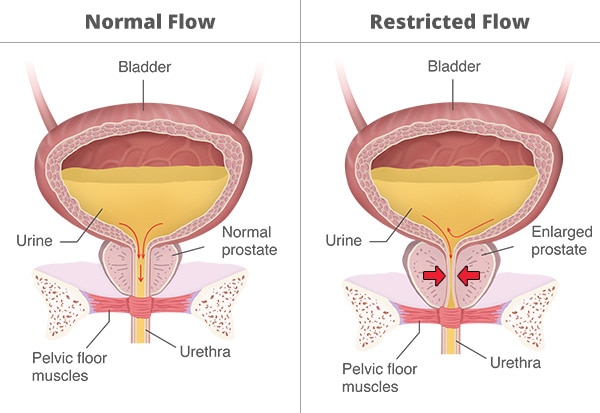
- Inability to Urinate: Struggling or failing to urinate even when you feel the urge.
- Painful Urination: Discomfort or pain during attempts to urinate.
- Abdominal Pain: Pain or pressure in the lower abdomen due to a full bladder.
- Frequent Urge: Constant feeling of needing to urinate without being able to.
- Weak Stream: A weak or interrupted urine stream when attempting to urinate.
- Bladder Swelling: Noticeable swelling or distention in the lower abdomen.
- Leakage: Overflow incontinence, where urine leaks out due to an overfilled bladder.
How can urinary retention be diagnosed after catheter removal?

For the diagnosis, your urologist will inquire about your medical history and conduct a physical examination in the best urology hospitals. Your medical background and substance use will also be discussed.
- An ultrasound examination of the bladder can gauge how much pee remains in it after urinating, followed by a Cystoascopy.
- A narrow tube with a small camera attached to one end is inserted into your urethra during a cystoscopy. This enables your urologist to view images of the walls of your bladder and urethra. This test could reveal a urethral stricture (scar), a stone obstruction, a swollen prostate, or a tumor.
- A computed tomography (CT) scan can help identify any obstructions to the passage of pee, such as stones.
- It is possible to perform tests that measure bladder pressure with a tube to determine how efficiently the bladder discharges. These studies can also determine the amount of urine flow. It is known as Urodynamic testing.
- If your urologist believes a nerve issue causes the retention, specific procedures might be performed, such as electromyography or EMR is one such procedure.
- It is possible to perform a blood screening for prostate-specific antigen (PSA) to detect the disease. A transrectal ultrasound, as well as a potential prostate tissue biopsy, may be performed if the PSA number is high.
Can urinary retention lead to complications after catheter removal?
Early catheter removal can be done successfully, but some patients may experience acute urinary retention post catheter removal, most likely because of anastomotic edema.
On the other hand, urethral or anastomotic stricture should be taken into consideration if patients experience trouble urinating sometime after the surgery.
According to Health Canal - "Urinary retention can become chronic, meaning that it can be long-lasting. Chronic urinary retention can stretch your bladder muscles, making it difficult to hold in your urine and causing you to have dribbling, also known as urinary incontinence. Chronic urinary retention can also increase your risk of urinary tract infections."
Treatment options for urinary retention post catheter removal

- Medication: Prescribed drugs can help relax the bladder muscles or reduce swelling in the urethra.
- Bladder Training: Techniques to help the bladder regain normal function, including timed voiding and pelvic floor exercises.
- Intermittent Catheterization: Temporary use of a catheter to empty the bladder at regular intervals.
- Surgery: In cases of physical obstruction, procedures to remove or reduce blockages, such as an enlarged prostate.
- Physical Therapy: Exercises and therapies to strengthen bladder and pelvic floor muscles.
- Hydration: Ensuring adequate fluid intake to help flush out the bladder and reduce infection risk.
- Lifestyle Changes: Adjustments in diet, fluid intake, and bathroom habits to support bladder health.
Dr. Neeta Verma, a renowned urologist from Bhuvaneshwar advises that "Self-care measures such as staying hydrated, practicing regular pelvic floor exercises, and following a healthy diet are essential to prevent urinary retention after catheter removal. These steps can help maintain bladder function and reduce the risk of complications."
Self-care measures to prevent urinary retention after catheter removal

Urinary retention is not always preventable, but you can take precautions to lessen your risk of getting the disease.
- Changing bathroom habits: Do not forcefully stop the urine when you want to go. Forcefully holding your urine may further damage the bladder muscles.
- Perform pelvic floor muscle exercises: These exercises help improve bladder and bowel function and strengthen the pelvic floor muscle.
- Bring changes in lifestyle and dietary intake: Altering your lifestyle and diet for the better will help prevent urinary retention after catheter removal caused by constipation. Drink adequate water and get a high amount of fiber.
According to Health Canal -
You should attempt to empty your bladder 2 ½ - 3 hours after removing your catheter. Remember that your urethra and bladder may be irritated for approximately 24 - 48 hours after the catheter is removed, which may complicate urination by making it uncomfortable. You will want to ensure you can empty your bladder at least once every 4 hours. After removing a urinary catheter, you should be able to urinate 150ml of urine 3 times before going home to ensure that you are not retaining urine.
FAQs

- How long does urinary retention last after catheter removal?
Since there are various types of treatment for urinary retention, the recovery from urinary retention after catheter removal will vary depending upon the type of treatment. The duration of recovery can take 2 days to a few months.
- Are there any chances to relapse after the treatment?
It can be challenging to predict the situation effectively. Within a week, 50% of men who can void it normally will experience recurrent acute urinary retention, and 68% will have a second incident within a year. Men whose original maximal urinary flow rate is less than 5 ml/s have a 90% recurrence risk.
- Are there any preventive measures for urinary retention after catheter removal?
To reduce the risk of urinary retention after catheter removal, following post-catheter removal instructions is important, as well as maintaining proper hydration and performing pelvic floor muscle exercises as advised by a healthcare professional.
- When should I seek medical attention for urinary retention after catheter removal?
It is recommended to seek immediate medical attention if you experience severe pain, inability to pass any urine, or if urinary retention persists for an extended period after catheter removal.
References:
